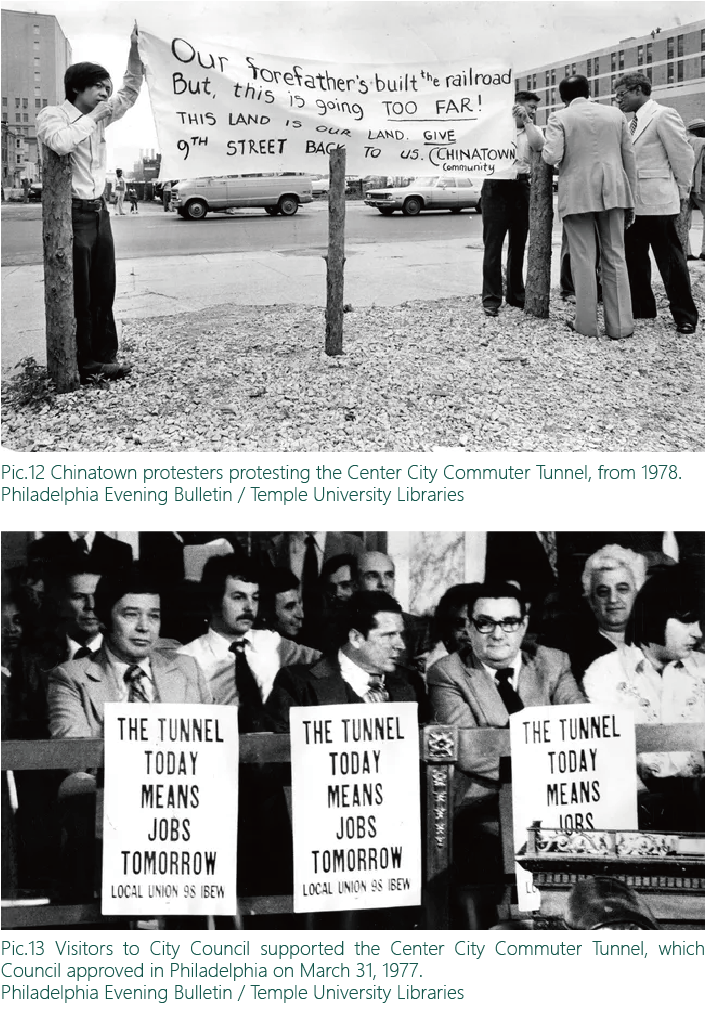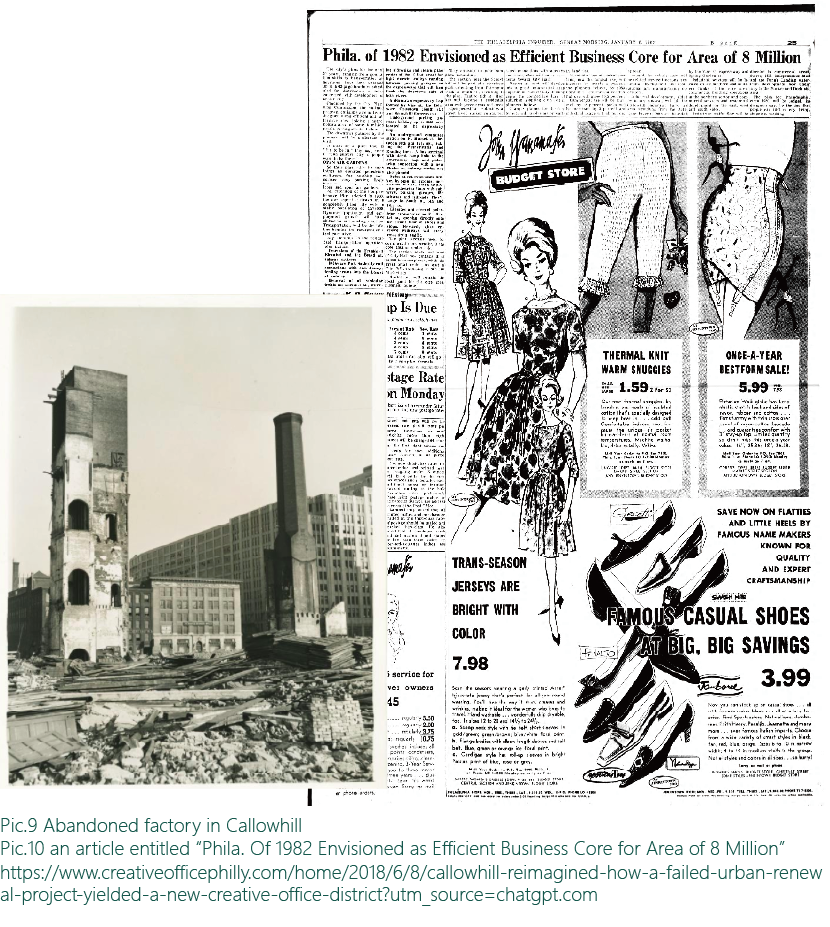Chinatown
Philadelphia’s Chinatown was established in the mid-19th century by Chinese immigrants fleeing discrimination on the West Coast. Over time, it grew into a vibrant hub of businesses, cultural institutions, and community life. Despite facing threats from urban renewal and highway construction, Chinatown has remained resilient.
Today, however, rising rent prices are putting pressure on long-time residents and small businesses, threatening the neighborhood’s cultural identity.





